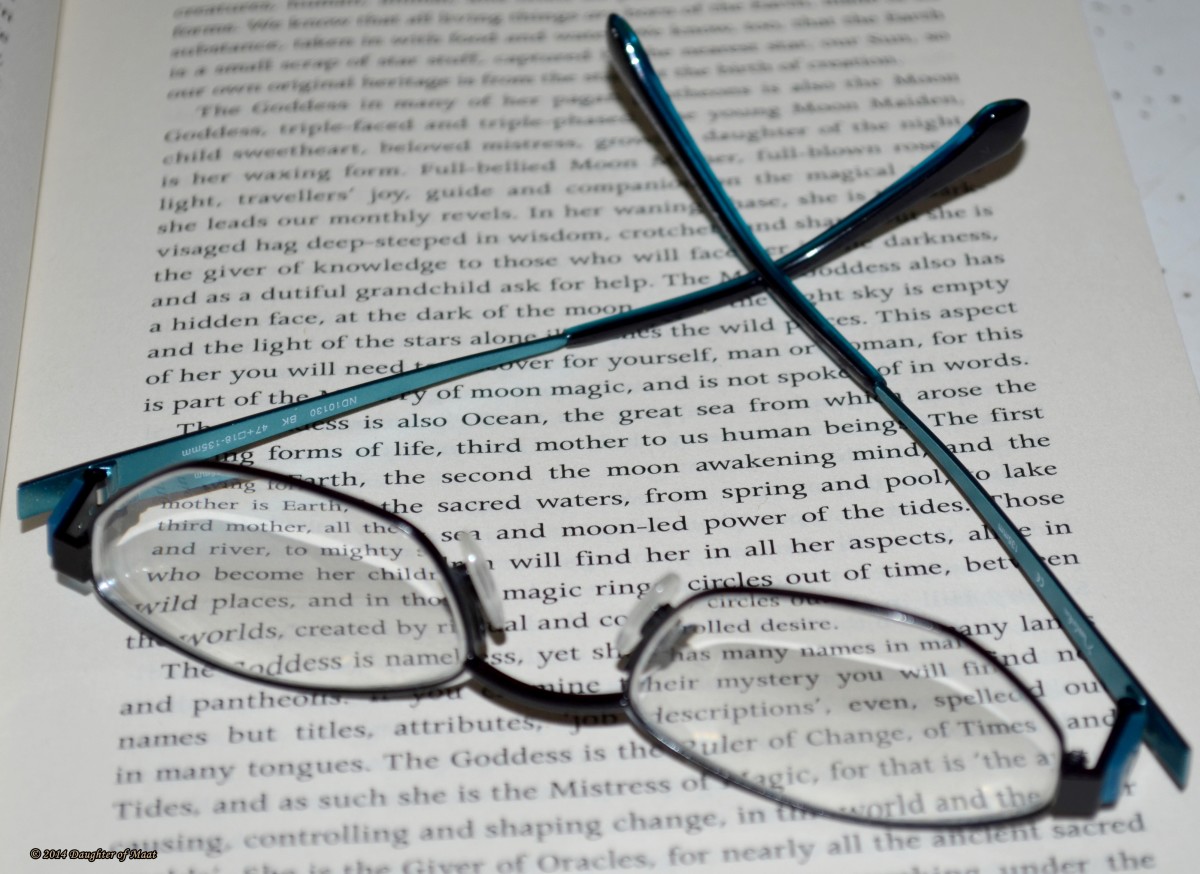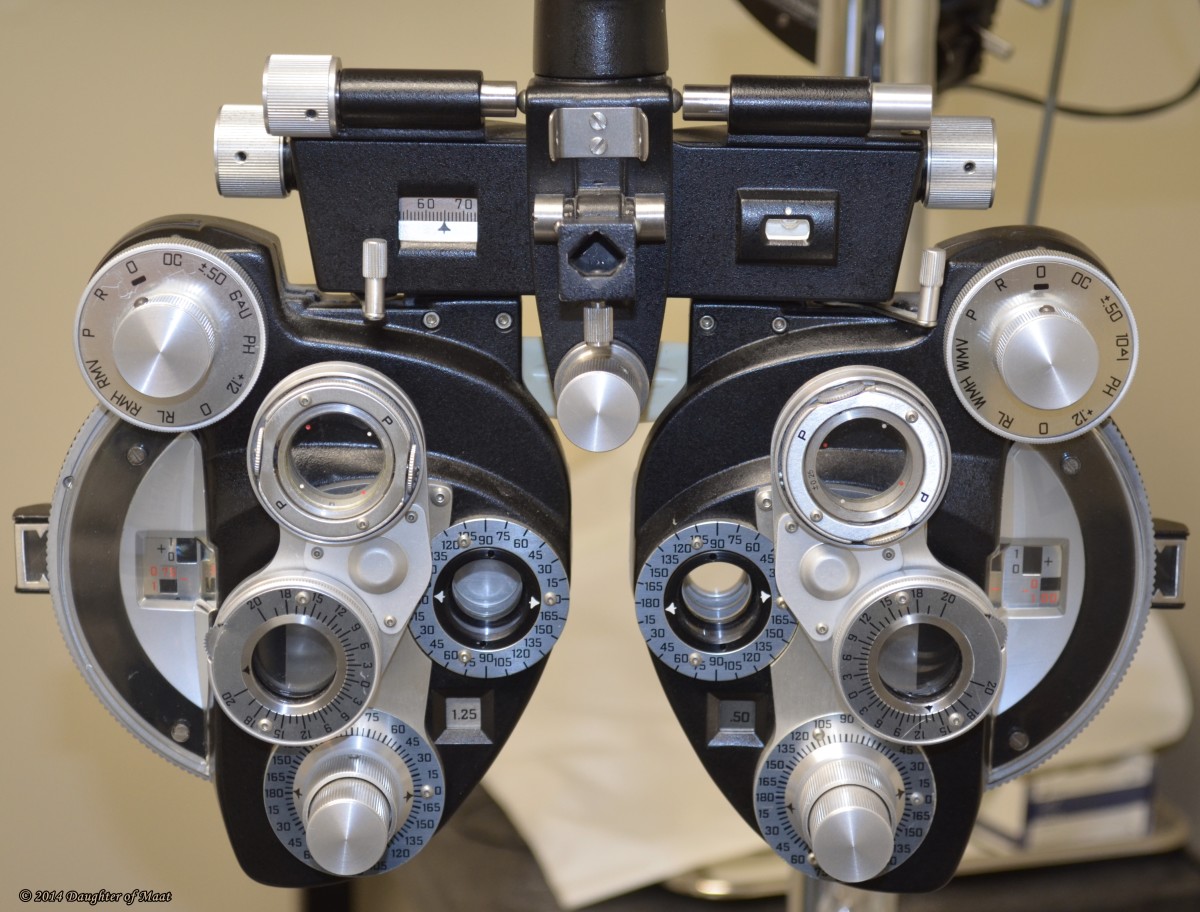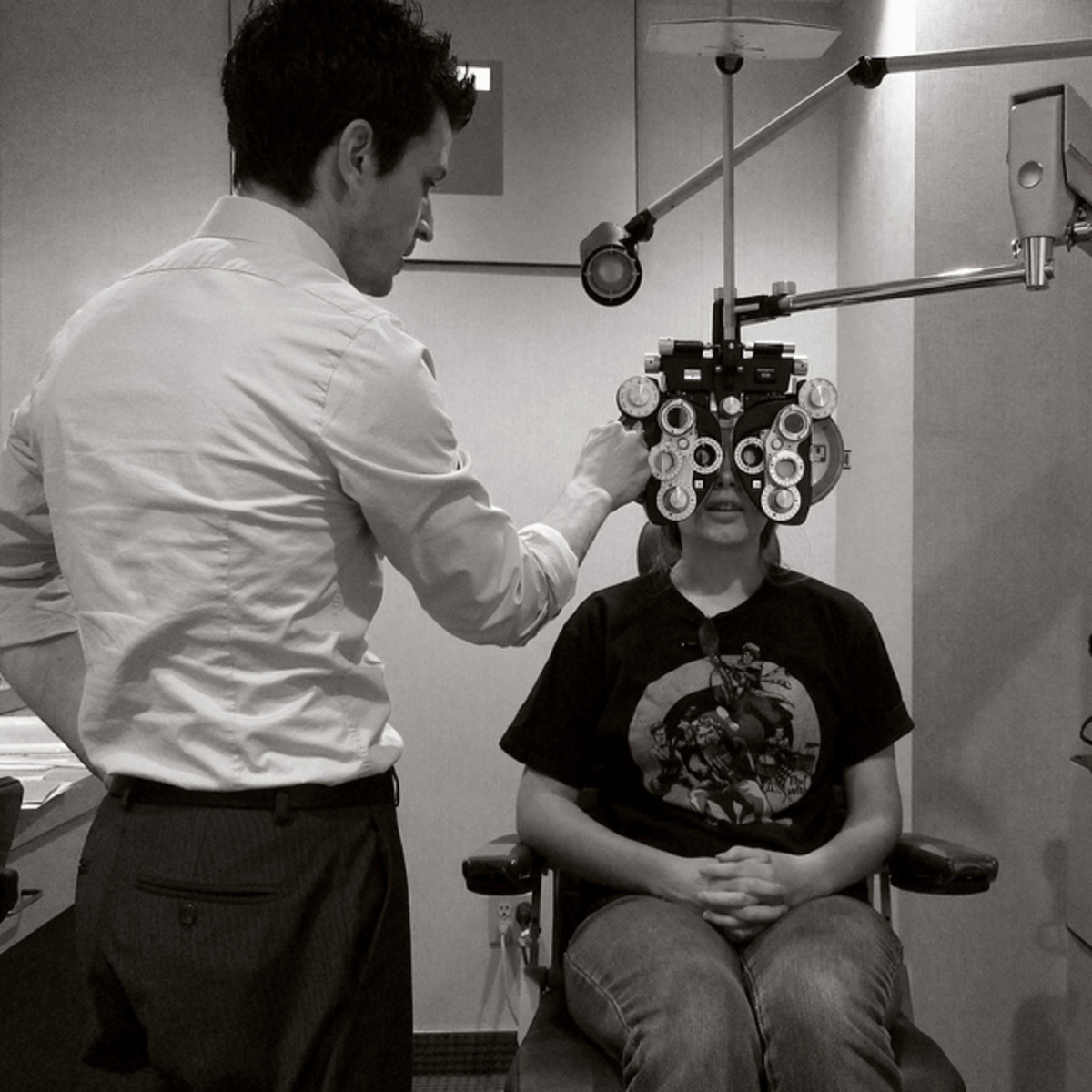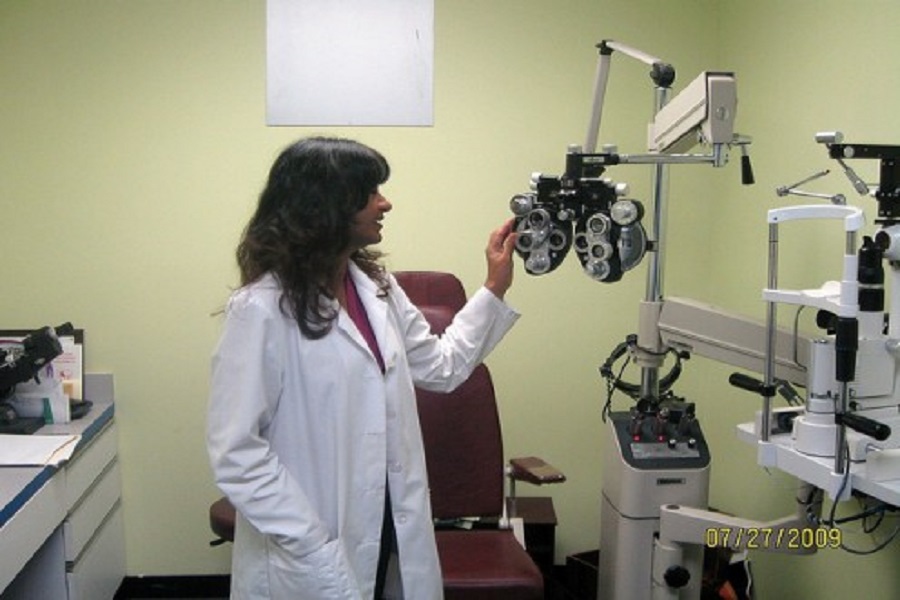ons, but if you know all the answers to these questions (or better yet, have written the answers down), your exam will take half the time, and be much more thorough.
Tell Your Technician Everything!
I can’t stress enough how important it is to tell your tech everything. If you don’t, and you end up telling the doctor something you didn’t tell the tech, you may have to repeat the exam. Not to mention, the tech will be reprimanded for not being thorough, even if it wasn’t their fault.
For example, let’s say you’re taking Plaquenil for rheumatoid arthritis. You neglect to tell the technician because you don’t think your medications affect the eyes. Once you get to the doctor, he looks at your eyes and immediately knows you have rheumatoid arthritis because of damage to the retina and asks if you are taking medications.
Now, because you didn’t tell the tech, you will have to come back when you aren’t dilated to have a color vision screening and visual field test. Plaquenil can cause a red/green deficiency in the vision, a problem called Plaquenil toxicity.
There are a number of medications that can affect the retina and the visual system as a whole. It’s very important for you to tell your technician about all your medications including Coumadin, Plavix, aspirin, fish oil, ibuprofen and vitamin E, all of which thin out the blood.
Checking Your Vision
After getting your history down, the tech will move on to checking your vision. If you have glasses, your vision will be checked with them. I always get asked “why do you need to check my vision with the glasses?” If you have glasses, and wear them when you are driving, obviously you can’t see perfectly without corrective lenses. We check with the glasses to see if the prescription needs to be changed. This brings me to my next point:
Remember to Bring Your Glasses!

Even if they are ancient, or broken, or a lens is missing, bring your eyeglasses. Having even a partial prescription is extremely beneficial to your tech, and the doctor.
If a lens is missing, that’s okay. It is very rare for both eyes to have completely different prescriptions (although it can happen), so even one lens is helpful. Other reasons to bring your glasses are:
- If your prescription changes drastically, we won’t know if you don’t bring them. Cataracts have a nasty habit of sneaking up on patients affecting their vision without them knowing.
- Comparing the old prescription to the new one can signal that more testing needs to be done, which could lead to a vision saving find that would have otherwise been missed.
The Phoropter


The Refraction
This is another area of the exam that many patients (and techs) dread. I don’t know how many times I’ve heard “I’m really bad at this. I can never tell a difference between the two lenses.” That’s okay. My best piece of advice is this:
If You Can’t Decide Between One and Two, Say So!
Let me explain: After the vision check, your technician will most likely read the prescription in your glasses (some techs do this first), and then refract, or check, to see if your glasses need to be changed.
This involves putting the patient (you) into a machine called a phoropter (see photo). Usually the phoropter is preset with your current prescription, or the tech will perform a test called retinoscopy in which they use a light to determine what your prescription should be.
Retinoscopy is the most objective way to get a patient’s prescription, and, in my opinion, the only way. If the tech is good enough, he or she can easily pin down your prescription with retinoscopy alleviating the need for a lengthy and tiresome refraction.
Without going into the theory of refraction, refining a glasses prescription is really an art form and involves asking the patient which lens option is better.
If you can’t tell a difference between one and two it is because your vision can’t be improved any further, so let the technician know. The differences between the two lenses are meant to be difficult to determine, but sometimes there is absolutely no change when the lenses are switched.
It is also important to go with your “gut instinct” when choosing between one and two. If you think about it, and have the tech repeat one and two several times, your eye will have time to focus and accommodate the prescription, which can make the final outcome inaccurate.
At the same time, the technician shouldn’t rush you. If you feel rushed, let someone know. You may have to come back to repeat the refraction, but that’s better than spending $400 on a pair of glasses with an incorrect prescription.
How to Tell if You Are Nearsighted or Farsighted
Some people may not know the difference between hyperopia (farsightedness) and myopia (nearsightedness), let alone know into which category they fall. If you are one of these people, here’s a quick, 2 step trick to figure it out. You’ll need a magazine or newspaper and your glasses.
- Hold your glasses over the words on the page of the newspaper or magazine, and pinpoint one word or sentence on which to focus.
- Move the glasses back and forth over the selected word or sentence and notice what happens to the letters.
Did the letters get bigger or smaller? If they got bigger, you’re hyperopic. If they got smaller, you’re myopic.
If any of the lenses make the letters look smaller and blacker, tell the tech. Smaller and blacker means there is too much power, which can cause headaches and eye strain. Myopes (nearsighted people) have more of a problem with this than hyperopes (farsighted individuals) because of the nature of their prescription.
If you are nearsighted, make sure you’re paying attention. It may look clearer at first glance, but in reality it’s smaller and blacker, which is not clearer. Unfortunately, this is one of the subtle nuances of refraction with which new technicians always have a hard time. Knowing this ahead of time, can help you get the best prescription possible.
Also, try to stay as still as you can behind the phoropter (see photo). The tech will align your eyes in the phoropter prior to refracting you. If you move around after the tech has done this, your prescription won’t be right.
Quick Tip: Blink!
Another quick tip: blink!Try not to stare at the chart during your refraction. You need to keep blinking your eyes so that they don’t become dry, which actually changes your prescription. The tear film keeps the cornea clear. It’s like a window, when the window is dirty (or the cornea becomes dry) your vision will become blurred, hazy and foggy. When you blink, you clean the window and your vision returns to normal.
When you do blink, be sure to blink normally. Don’t squeeze your eyes shut as this can blur the vision by putting pressure on the cornea.
There is much more involved in an eye exam than just getting a pair of glasses. In fact, your overall health can be determined just by looking at the eye. Many diseases, like diabetes and brain tumors, are first diagnosed by the ophthalmologist. With these tips, you can make their job much easier (and your exam a bit less tortuous) minimizing the likelihood that a diagnosis may be missed.

